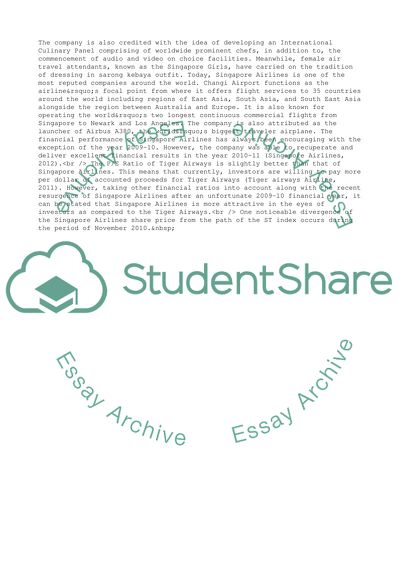Cite this document
(Financial Management: Singapore Airlines Assignment, n.d.)
Financial Management: Singapore Airlines Assignment. Retrieved from https://studentshare.org/management/1589165-lovereport-on-singapore-airlines
Financial Management: Singapore Airlines Assignment. Retrieved from https://studentshare.org/management/1589165-lovereport-on-singapore-airlines
(Financial Management: Singapore Airlines Assignment)
Financial Management: Singapore Airlines Assignment. https://studentshare.org/management/1589165-lovereport-on-singapore-airlines.
Financial Management: Singapore Airlines Assignment. https://studentshare.org/management/1589165-lovereport-on-singapore-airlines.
“Financial Management: Singapore Airlines Assignment”, n.d. https://studentshare.org/management/1589165-lovereport-on-singapore-airlines.


